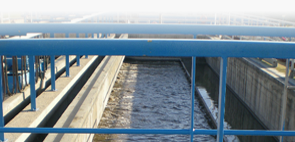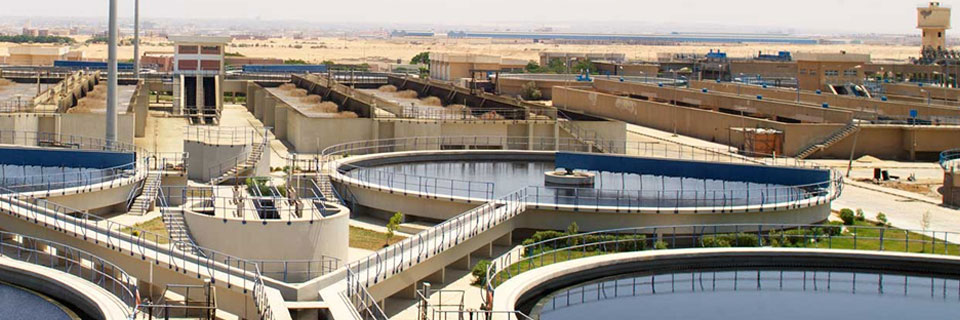Rebuilding reserves
Except for fossil aquifers, water tables are replenished naturally by rain, rivers and streams. The rate at which water is withdrawn from aquifers, however, is often far higher than their natural rate of replenishment. In several European regions, for example, aquifer levels are dropping by one to three meters a year due to overuse. Rebuilding aquifers artificially using treated surface water, storm water or wastewater can store water so that resources are available immediately when needs spike.
Restoring and protecting
Technical proficiency
Solutions






